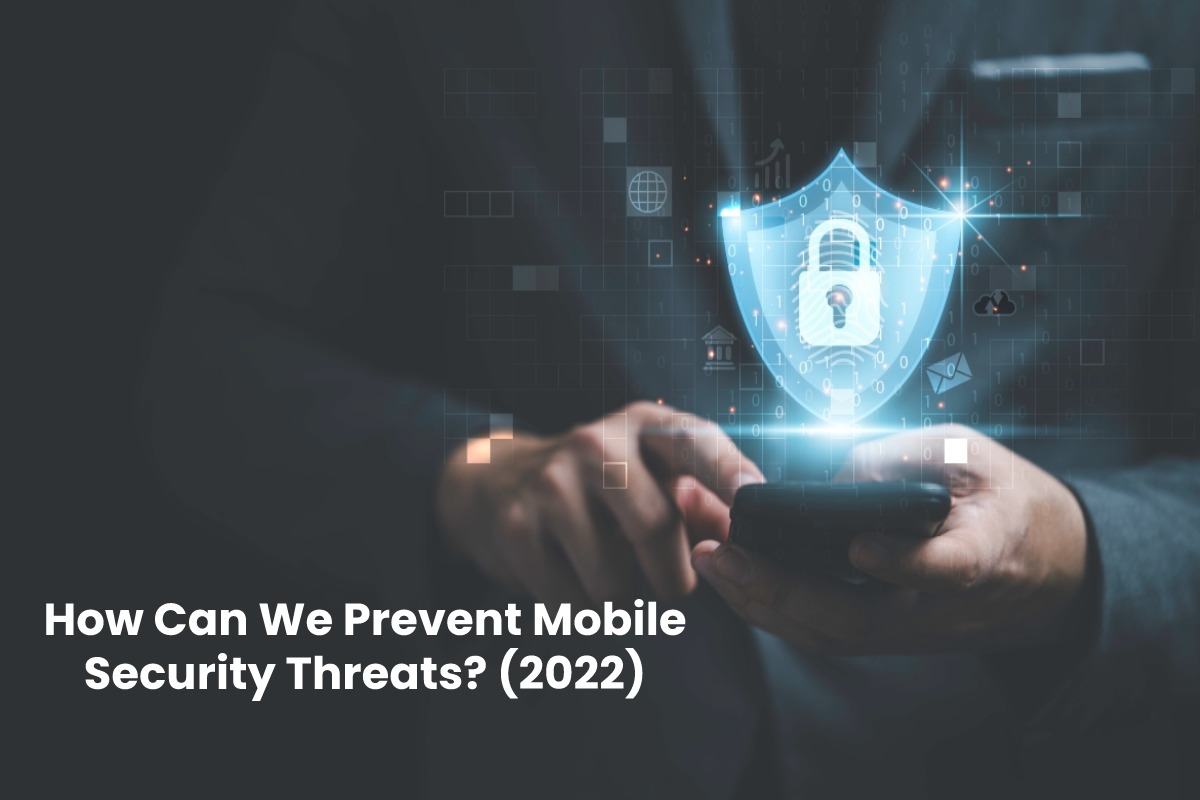Mobile Security Threats – The pandemic has had a major impact on business as usual for many organizations, forcing many to switch to a telecommuting model where a significant portion of their workforce works from home.
The transition to remote and hybrid working models has led to the widespread use of mobile devices for business and has drawn the attention of cybercriminals to these devices. As mobile devices have become an important part of corporate business, 97% of companies have experienced cyberattacks related to mobile threats.
Table of Contents
How to Protect your Device?
In addition to taking specific precautions for each of the mobile security threats listed above, Pargman recommends downloading antivirus software for your smartphone. Apps like Norton Security and Antivirus, McAfee Mobile Security, and Kaspersky Antivirus and Security can help detect malicious apps if they have been installed. He says you should also make sure your smartphone’s operating system (Android or iOS) is always up to date. Here are some more tips to protect your phone from viruses.
Mobile App Security Testing validates an app’s resistance to attacks from malicious users. It also ensures developers apply security practices when programming. To apply adequate security testing for mobile applications, it’s necessary to have a solid strategy as a base.
Mobile Security Framework (MobSF) is an essential tool for any mobile penetration test on Android or iOS. It’s a static and dynamic binary analyzer capable of quickly enumerating security issues.
How to Protect Yourself from Mobile Threats
Mobile devices were not a priority to incorporate security strategies in the past. With most employees working from the office and mobile device usage limited, mobile device security has taken a backseat to network and other endpoint security issues.
As remote and hybrid working become more prevalent, businesses need mobile security solutions that can address mobile security threats now and in the future. A mobile security solution should include certain key features, including:
Phishing Protection.
Mobile devices can be targeted for phishing through various means (email, SMS, social networks, etc.). A mobile security solution must monitor and protect against these attack vectors.
Prevention of Malicious Applications.
Malicious mobile apps are a growing threat to enterprise cybersecurity. Mobile security tools must detect and block the download of these malicious applications.
Preventing Man-in-the-Middle Attacks
Mobile devices are vulnerable to MitM attacks, where attackers intercept and eavesdrop on network traffic. Mobile security solutions should help detect and block these attacks.
Network Access Control.
Compromised devices can threaten a business if they gain access to corporate resources. Mobile security solutions must block infected devices from accessing corporate networks and applications.
Operating System-Level Protection.
Mobile devices are vulnerable to jailbreak, rooting, and operating system vulnerabilities that must be detected and prevented.
Bad Password Protection
According to a 2019 Google/Harris survey, more than half Americans reuse passwords across multiple accounts. These passwords are a trap for cybercriminals who can access hundreds of accounts by buying huge lists of cracked and leaked passwords on the dark web. To protect your accounts from hackers, Pargman suggests setting up multi-factor authentication, as well as using a password manager app to create and store unique passwords for each account. “That way, you don’t have to use your pet’s name as your only form of protection to keep your money where it belongs and out of the pocket of thieves,” he says. While protecting your accounts, avoid password mistakes hackers expect you to make.
Data Leaks
Before installing a new app on your smartphone, you may want to read the fine print. Almost all smartphone apps collect data from your phone, Pargman says. This information may include your name, date of birth, bank account and credit card information, location history, contact list, photos, and more. “It’s kind of scary when you realize how much of your activity is collected on servers maintained by app developers,” says Pargman. If these servers are hacked, or a technical error makes them vulnerable, all of this data can be stolen and used by criminals to scam. Pargman suggests setting up security controls on your device to limit the data each app collects and to think twice before downloading any new apps that ask for many permissions. FYI, if these apps are installed on your phone, someone might be spying on you.

